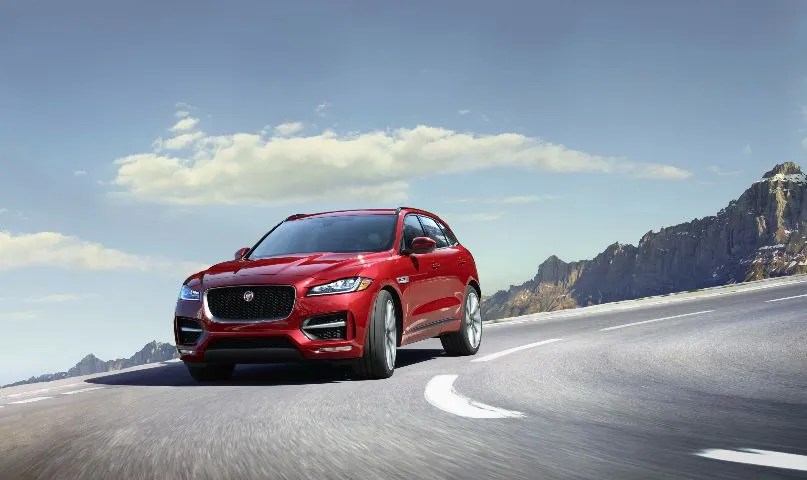Executives seeking some green credentials with their car choice are the target market for the Lexus ES hybrid, writes Mark Gallivan
The Lexus ES has been sold globally since 1989 and only now has it arrived in Ireland to replace the slow-selling Lexus GS. Prices start at €49,450 and the car is available in a choice of variants including Executive, Luxury, F Sport and the top of the range Premium, priced at an ambitious €62,390.
The €55,850 F Sport tested uses the same 2.5-litre four-cylinder petrol engine deployed across the range, and all ES models use an electric self-charging system through a CVT gearbox that mimics eight sequentially stacked gear changes.
This petrol/hybrid offering is unique in the executive saloon segment, and the car only manages to reach a 180km/h (112 mph) top speed with a relatively slow 0-60 time of 8.9 seconds. What’s more, the new ES shares the same K platform with the latest Toyota Camry.
The Lexus ES is a particularly striking car on the road and the dimensions are longer and lower than other executive saloons, making it feel more like an Audi A7 than the A6 saloon. The front grille is enormous, with an inverted chevron shape, and the broad side panels offer a sleek profile that presents a cohesive design, apart from an awkward looking rear spoiler that looks like an afterthought bolted onto the boot. The boot space is 454 litres and smaller than rivals, though this is offset with best in class rear legroom at 1,025mm. However, the coupé-type dimension crimps headroom for rear passengers.
Fiddly Controls
The quality and finish of the cabin is first class and the ES lives up to the Lexus premium saloon billing. The steering wheel and seats are electrically adjustable, and although some controls feel small on the dashboard, their positioning is logical. Not so accessing the primary infotainment controls from the square trackpad next to the gear lever. This is a fiddly exercise and Lexus should ditch this approach and adopt the rotary controller favoured by most of its peers.
In the F Sport version, the standard equipment is generous, with triple LED headlights, 19-inch alloy wheels, blind spot monitor, rear cross traffic alert, sports suspension, sports seats, and sequential front indicators. The biggest achievement is the ES’s exceptional refinement, and Lexus has paid special attention to external acoustics.
Lexus follows the trend in providing five different driving modes: Eco, Normal, Custom, Sport S and Sport S+ and claims you can drive up to 50kph in full electric power. A firm press of the accelerator kicks the petrol engine into life and revs rise noticeably. This is a system that works best in slow traffic with gentle inputs on the throttle.
Overall, I found the Japanese car maker’s hybrid engineering solution thoroughly convincing. If you add the assurance of bullet-proof Lexus reliability and the company’s reputation for customer care, motorists seeking an executive car with a veneer of electric credentials should add the Lexus ES to the shortlist.











